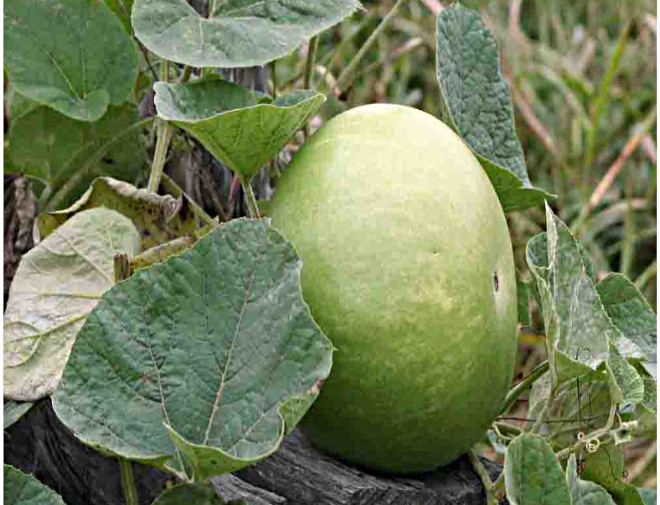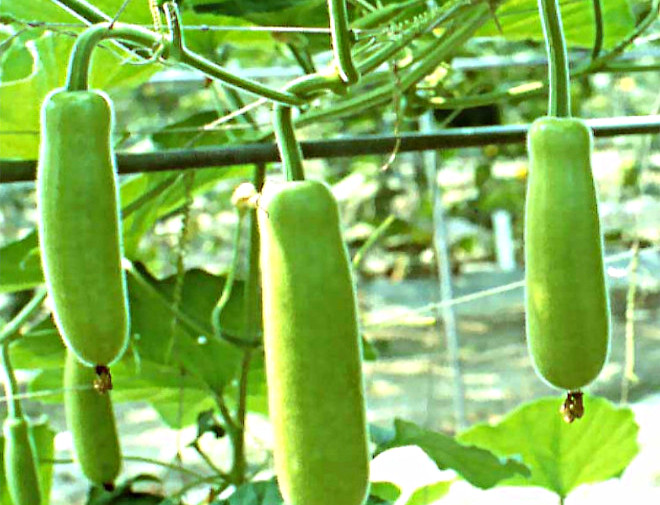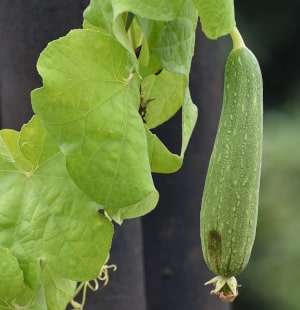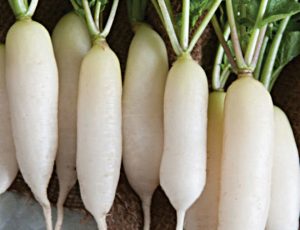Bottle Gourd Round (Ghiya)
The Bottle gourd can be developed in vast pots or in ground beginning from seeds. The plant develops rapidly, enthusiastically and spread to long separations. In 75 days natural products (bottle gourds) will be prepared for utilization. It will require a solid help/trellis to develop on, with the goal that the plant organic products (vegetables) can swing from the plant.
₹55.00 Original price was: ₹55.00.₹35.00Current price is: ₹35.00.
Description
The Bottle gourd / Ghiya/ calabash / white-flowered gourd Seeds can be developed in vast pots or in ground beginning from seeds. The plant develops rapidly, enthusiastically and spread to long separations. In 75 days natural products (bottle gourds) will be prepared for utilization. It will require a solid help/trellis to develop on, with the goal that the plant organic products (vegetables) can swing from the plant.
Pure seeds : Min. 98%
Other Crop seed : Max. 10 per kg
Inert Matter : Max. 2%
Physical Purity : Min 98%
Moisture : Max. 7%
How to plant
The accompanying advances characterize the procedure from seed to collect.
- You should sow the legacy seeds of container gourds from My Green Vault in master plate and after that transplant.
- Set up your jug gourds for transplanting once the plants have come to no less than 1/2-foot in tallness.
- Set up a decent developing medium. A decent, straightforward alternative is a blend of two sections gardening soil, one section Coco Peat (CP) and one section Vermi Compost (VC). The dirt and VC furnishes your plant with the supplements it needs, while the CP blend holds the dampness.
- Place your pot in a bright area and guarantee to give sufficient emotionally supportive network
Pests
- Alternaria leaf blight (Alternaria cucumerina)
- Cercospora leaf spot (Cercospora citrullina)
- Downy mildew (Pseudoperonospora cubensis)
- Gummy stem blight(Plectosporium tabacinum)
- Powdery mildew (Sphaerotheca fuligniea)
- Scab (Cladosporium cucumerinum)
- Septoria leaf spot (Septoria cucurbitacearum)
- Verticillium wilt (Verticillium dahliae)
- Angular leaf spot (Pseudomonas syringae)
- Bacterial leaf spot (Xanthomonas campestris)
- Aster yellows(Aster yellows phytoplasma)
References
- https://plantvillage.psu.edu
- http://myecobin.in
Related products
-
-
₹55.00Original price was: ₹55.00.₹35.00Current price is: ₹35.00.Lady Finger is a basic vegetable utilized... -
₹55.00Original price was: ₹55.00.₹35.00Current price is: ₹35.00.The radish (Raphanus sativus) is a consumable...







